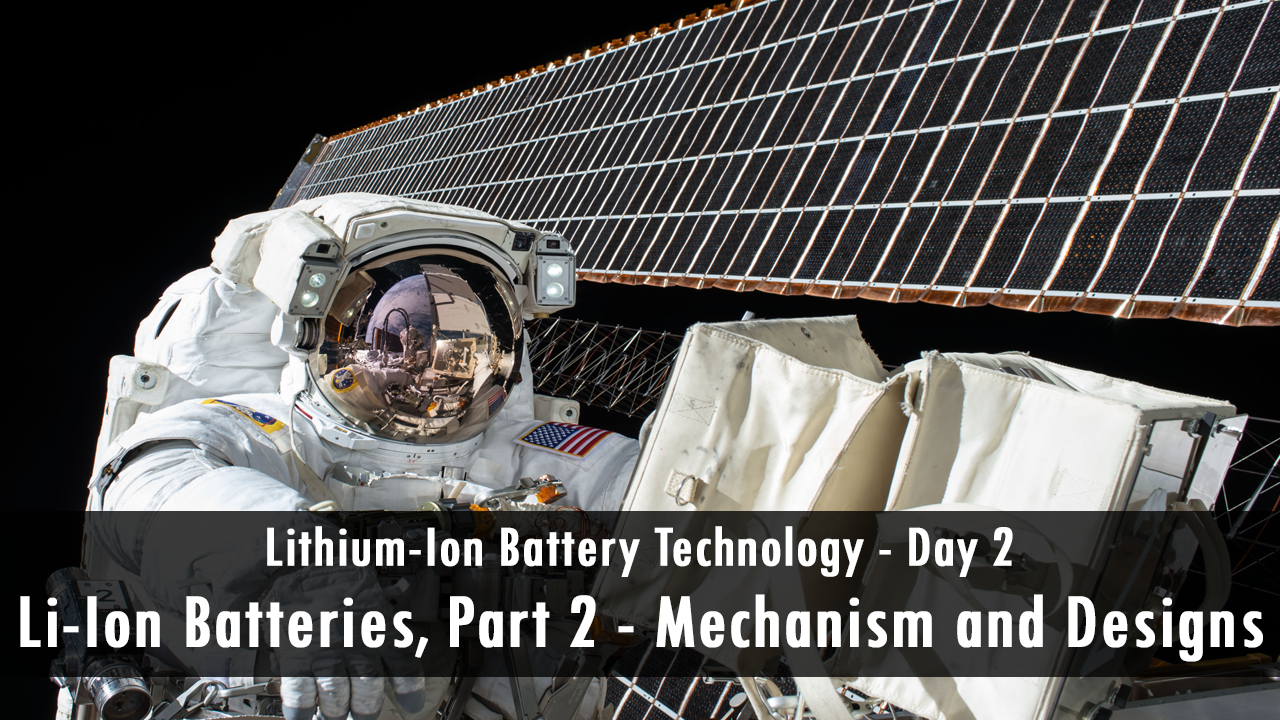Futuristic Habitat Concepts to Expand Human Capability in Space
Since the dawn of human space flight there have been visions for human space flight programs that send humans to destinations beyond Earth. NASA is currently committed to the lunar surface, Mars surface, and deep space transport. Unfortunately, instabilities in US space policy have caused NASA to change focus repeatedly between these architectures since the 1970s. Further, it can be shown that developing lunar, Martian, and transit habitats in series will require inordinately long periods of time, resulting in exorbitant program expenses. A mitigation to these challenges could be to develop a Common Habitat design for both transit and surface operations. A Common Habitat derived from the Space Launch System core stage’s liquid oxygen tank and manufactured on the same production line as the SLS can be designed to provide functionality required for both microgravity transit and surface operations. Part one of this webcast will describe design considerations and options in addressing open challenges and unknowns as they pertain to horizontal or vertical interior orientation, integration with lunar or Martian landers, docking and resupply logistics, and variations in crew size.
Part two of this webcast introduces the idea of a transit spacecraft whose primary crew mission is found within the transit as opposed to the destination. This webcast introduces the concept of a Deep Space Science Vessel (DSSV), a large, multi-purpose, multi-disciplinary science spacecraft intended for human spaceflight operations in the inner solar system. This webcast will define the DSSV onboard crew functions and describe target performance levels for each function. It will then discuss the habitable volume of the spacecraft, providing high level workstation descriptions and preliminary layout options for portions of the spacecraft. Attached and typical visiting vehicles will be described, including their functions, heritage, and examples of mission-specific configurations. Mission concepts will be described for key missions possible within the vehicle’s operating range. Sample crew composition for the DSSV will be discussed. Finally, future work will be described, providing context for human development of the inner solar system.

